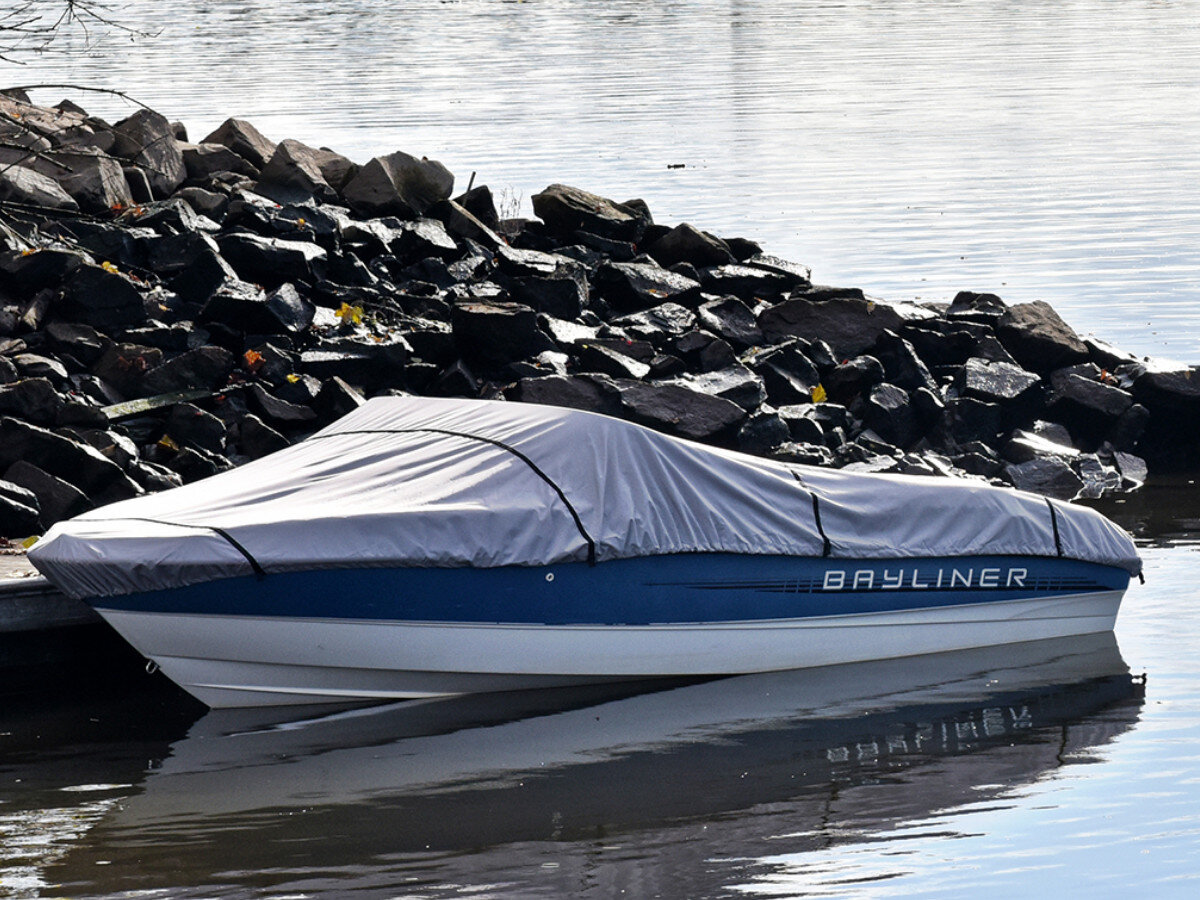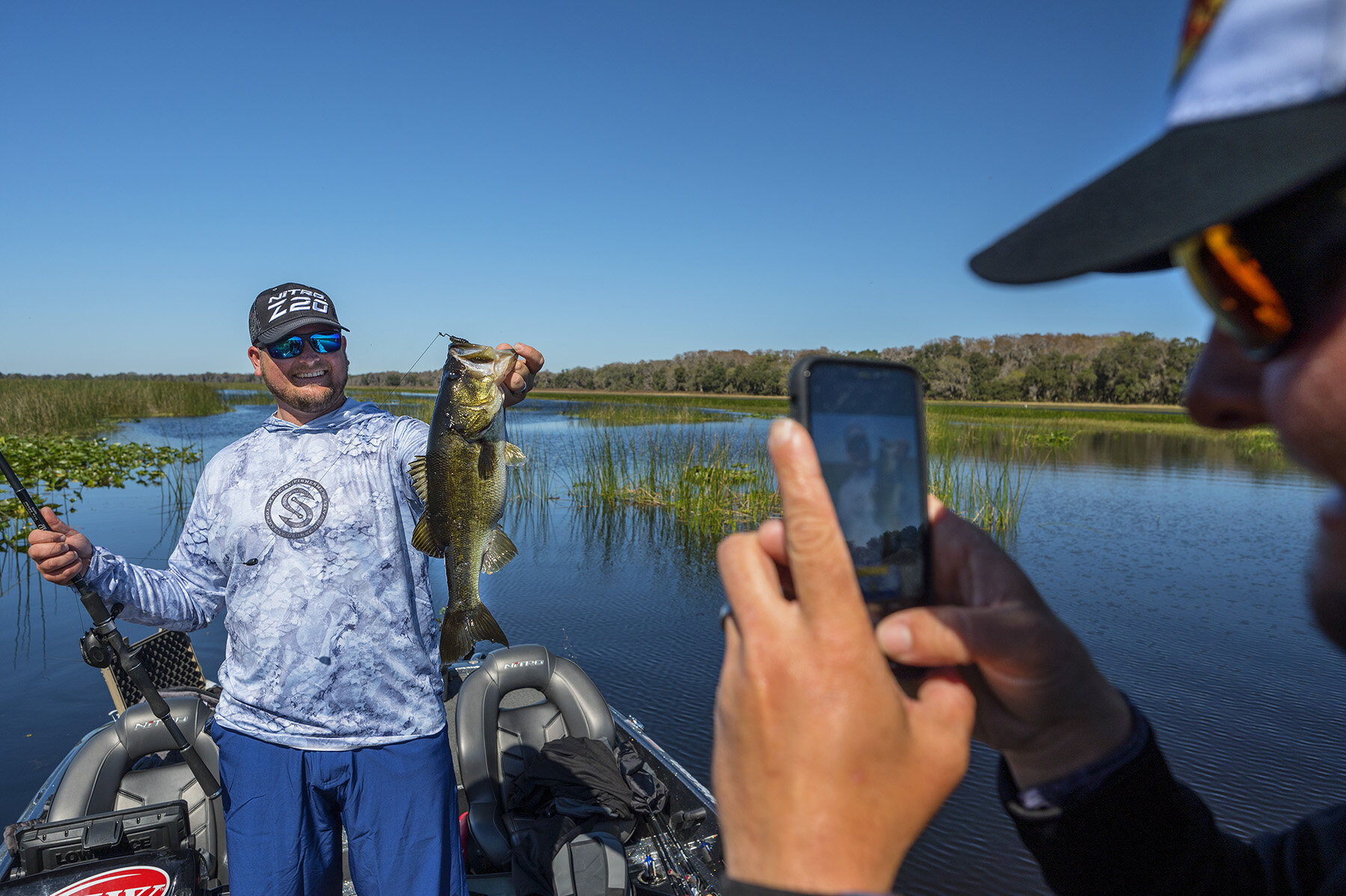The Deep Diving Crankbait: A Deep Water Must Have Bait
/If you want to fire up a school of big bass in deep water in a hurry there are few techniques that rival a deep diving crankbait. Crankbaits have been winning tournaments since before I was born and with all of the different baits on the market today deep cranking is on a whole different level then before. With baits exceeding 25 feet in maximum depth potential big bass are no longer safe in deep water. While other baits such as worms and jigs work great for catching fish and not disturbing them, sometimes the kamikaze deep diving crankbait is the ticket to fire up a school of bass putting big fish in the boat. While the official first day of summer is not until June 21st, as far as fishing goes summer is absolutely here across the southern half of the United States. With water temperatures in the mid 80's there is no doubt in my mind that the majority of the bass population is living deep. I'm going to break down another one of my favorite deep water summer baits, the deep diving crankbait. A wise man once said, "When you are fishing the bank 90 percent of the fish are behind you!"
Deep Diving Crankbait:
As I've already said the deep diving crankbait is a big fish bait, and typically once you get one fish to react and eat the bait you will be able to make the same cast for a short period of time putting numbers in the boat quickly. Don't be alarmed when after getting 3 bites in a row the fish all of a sudden shut down completely. Often all it takes is letting them rest and regroup while finesse fishing or checking other spots and then you will be able to get them fired up again. Another plus to the deep diving crankbait is the ability to cover water. If you are on a specific deep water pattern or milk run then a deep diving crankbait is a great option. You can run and gun triggering schools of fish to eat and then moving on to the next when they shut down. This has been a proven recipe for success in tournaments of all levels.
Presentation:
I typically like to crank my bait back to the boat fairly fast and erratic, occasionally pausing the bait and allowing it to float up. While this works well at times you really need to let the fish tell you what they want. Experiment with different retrieve methods and figure out what the fish want on the specific day. I have seen on heavily pressured lakes the faster you crank it the better, and I have also seen where fish want the bait slowly crawled back to the boat. The key to making any of these retrieve options work is making the bait hit the bottom. I very rarely catch a bass while my crankbait is not banging into the bottom and that goes the same whether I am shallow cranking in 2 feet or deep cranking in 25 feet. Select your bait so that it hits the bottom of the lake no matter what.
Tackle:
The key to getting a crankbait down to it's maximum depth potential is in the tackle you use. This being said I like to use a long rod allowing me to make long casts which gives the bait more time to reach, and eventually dig into the bottom. I like a 8' Edge First Strike Heavy rod with a Moderate action. I accompany my deep cranking rod with a Quantum Smoke 6.1:1 reel. Line size is very important when deep cranking, the lighter line you use the deeper your bait will dive. I personally believe 12lb Fluorocarbon line is a great happy medium where you can get the bait down without to much risk of breaking off on the cast or on a piece of structure. For cranking 15 to 20 feet a Spro Little John DD in Citrus Shad color is one of my very favorites, while baits such as the 10XD work best when attempting to dig the bottom in water deeper then 20 feet.
Deep diving crankbaits aren't always the right bait to throw but it is something that is on the front deck of my boat all summer long. When they do fire up on a crankbait it can be some of the fastest, most fun action you will ever experience on the water. I'll see you on the water!!!















